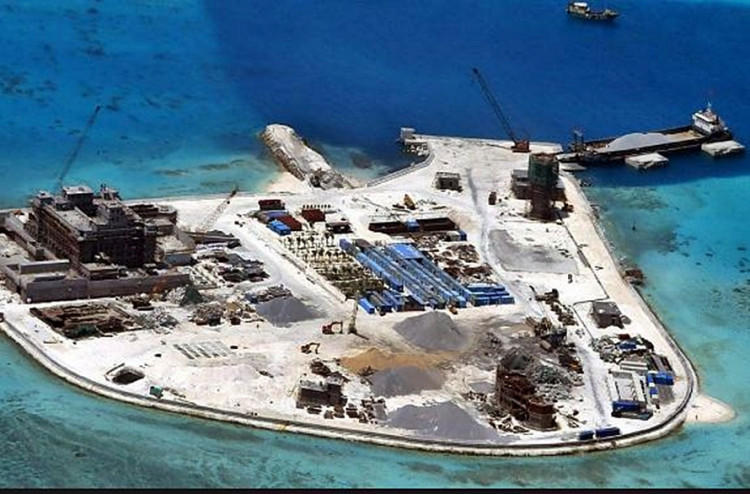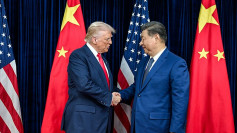The re-orientation of the United States Armed Forces towards fighting and winning future conventional wars against Russia and China has triggered a re-examination of Chinese military thought to cope with this new and unsettling reality.
That re-examination is critical as Washington has appropriated massive funding -- $716 billion to be exact - to fund the Pentagon's ambitions for the next fiscal year. American defense spending is larger than that of China, Russia and the other top seven countries in the top 10 list of defense spenders combined.
This defense budget is the largest in American history. Much of this money will go to recruiting more soldiers; developing and producing advanced anti-missile missile defenses, and upgrading weapons in the U.S.' fearsome nuclear arsenal, already the world's largest and deadliest.
A recent op-ed published on the website of the People's Liberation Army (PLA) titled "China's countermeasures to US Indo-Pacific strategy" wants to transform this military crisis into an opportunity by the prudent application of a series of geopolitical steps.
The author of this piece is Wang Peng. He's an associate research fellow at the Chongyang Institute for Financial Studies at the Renmin University of China. Wang argues the United States' new Indo-Pacific strategy has five pillars: political, economic, diplomatic, military and "other means." Together, these pillars seek to maintain U.S. hegemony in Asia while keeping China in check.
Peng argues the U.S. implements its political pillar by emphasizing democratic values to contrast it with China's more authoritarian system. The economic pillar will see the U.S, champion exclusive economic arrangements or trade agreements to deprive China or foreign markets.
The diplomatic pillar will see the U.S. strengthen its bilateral military alliances with Asian countries while sowing discord between China and other countries. In the military sphere, the U.S. will hold joint military exercises and sell weapons. Other means refer to America's efforts to undermine China and contain China's military and economic rise. The aim of these actions is to maintain U.S. hegemony in Asia.
Denying the U.S. this hegemony means that China must maintain its "strategic poise," while taking steps that will "crises into opportunities." These steps include:
* Selectively participating in developing an "Indo-Pacific" discourse system. This move intends to open discussions about concepts vital to China's national interests in light of growing American military power. Talks can be held about the Indo-Pacific community and its shared future for mankind or the Indo-Pacific and the Belt and Road Initiative. Other countries will be involved in these discussions.
* Focus on defense when dealing with the United States. China must maintain its strategic tradition of exercising self-restraint in terms of security. It should also deploy military operations other than war to defend its national sovereignty and security interests at a lower cost and with controllable risks while avoiding direct military confrontation with the U.S. and Japan, Australia, and India.
Operations other than war include building more man-made islands; strengthening the military defenses of newly built islands; constructing roads and upgrading of facilities along China's border with India.
* On the economy, China needs to take appropriate countermeasures against Trump's tariffs. China must also force the Americans to negotiate with it through targeted counterattacks. China must also try to end the trade war by making limited concessions. China must also reach new agreements that don't harm China's fundamental interests.






